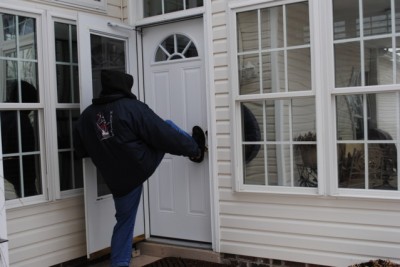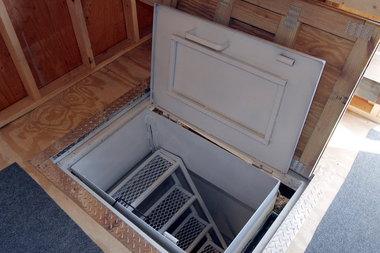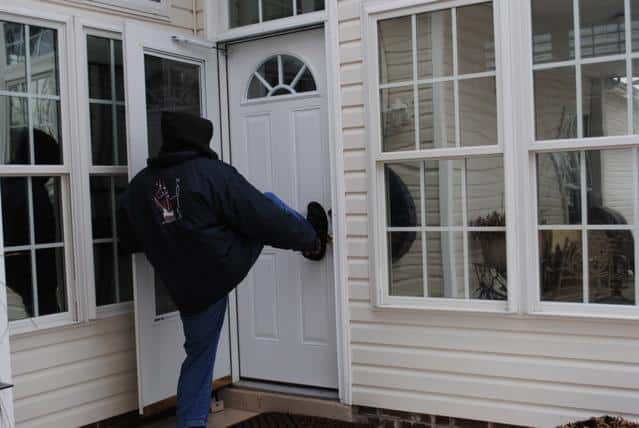
Safe or panic rooms are growing in popularity, but there are plenty of homeowners who have a common objection: Why would I want one when I have a 12-gauge shotgun? That’s a perfectly valid point, especially if the word “retreat” is not an option to you.
The reasons can be condensed into three:
- to store supplies and gear.
- to protect vulnerable members of your family or group.
- as a last-ditch hiding option if your home is broken into and overwhelmed.
This doesn’t mean that you should automatically retreat into your panic room once your home is penetrated, but it does mean that you are prepared for the worst to happen.
In fact, safe rooms can be a valuable asset even to those who do not have a retreat mentality or are tactically trained.
A safe room can also serve you well even when you’re not home. The majority of burglaries happen when residents are away. A safe room is an excellent place to store all of your valuables and supplies: jewelry, firearms, ammunition, prized possessions, money, essential stockpiles – virtually anything that is important.
Ultimate Tactical Self-Defense And Hunting Weapon That Doesn’t Require A Firearms License!
Having a safe room, though, does not mean that you intend to be a victim. On the contrary, it means that you want to avoid interactions with a force of intruders you can’t handle, or want to protect those in your group who are ill-equipped and/or prepared to fight.
In 2010, a Danish man fled to a safe room in his home when an intruder linked to a radical Islamic group broke in, wielding an axe and knife. Police arrived and shot the intruder, and the homeowner was safe. During the 2011 attack on the Israeli embassy in Egypt, six workers hid in a safe room until help arrived. They survived.

A safe room is not a bunker. This isn’t a place from which you can bunk in and fight. This is where you go to stay until help arrives, or where you place vulnerable members of your group when your home is under attack.
If you are building a new home, you should have a safe room installed, and it can then double as a storm shelter. If your home already has been constructed, don’t worry. While you won’t have as many opportunities as you would if you were building a home, you still have some perfectly viable options for a safe room.
A safe room must have several essential elements. First of all, there must no windows in the safe room. It also may have:
- A solid-core door with adeadbolt and longer screws to resist battering.
- Thick walls (if funds are available) made of, for instance, concrete, steel or even bullet-proof fiberglass.
- Means of communication.
- Supplies in case you are in the safe room for an extended period.
- Bathroom, if possible.
Some safe rooms have reinforced ceilings. The room also should have ventilation and enough space for everyone in your family to shelter, and additionally, it should be in a position that’s easily accessible for your family.
Some examples of what could be a safe room in your home include a section of a basement, a storage room anywhere in the house (such as in the walls or underneath the floor), a closet, a wine cellar, an interior den (assuming it has no windows) or a part of the garage. However, if you are building a home, you can be creative and place a safe room wherever you feel it needs to be.
Do you have a safe room? Do you have any suggestions? Share them in the section below:









